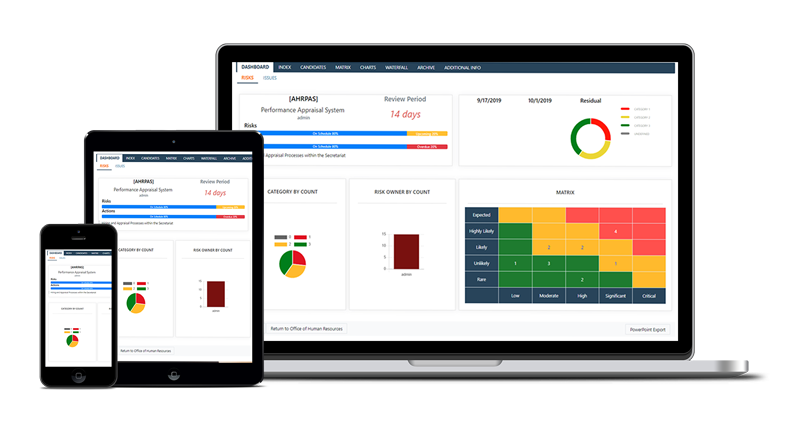Many project decisions are made by other people that affect you and your career as a project management professional, and often these decisions are about risk. Decisions about budgets, assignments, team allocations or priorities can significantly change the risk profile of the project. But just because these vital decisions are taken by others, it does not mean that you cannot influence the outcome. Project management professionals have to know how to influence decisions in a way that minimises the risk to their projects and themselves. We have to identify, analyse, and mitigate these risks to get optimal project results. How can we use our influencing skills to deal with risks that arise from the decisions of others?
Daniel Kahneman won the Nobel Prize for Economics for his work on decision-making. Kahneman described a set of mental shortcuts that affect how people make difficult decisions in uncertain situations. Project management professionals can take advantage of these factors when seeking to influence important and risky project decisions:
1. Anchoring: Ensure that your position is seen as the starting point for important decisions. Then people can decide whether to vary from this, and by how much. Present your position as the key reference point for others.
2. Framing: The way you express an idea affects whether people will agree or disagree. A 70% chance of losing a million is not viewed in the same way as a 30% chance of making a million. Frame the decision in a way that favours your preferred option, and this will minimise the risk of the decision going a different way.
3. Loss aversion: Would you invest your pension fund in a policy which offers an 80% chance of doubling your money, but a 20% chance of losing it all? If you could play that game often enough, you would win handsomely. But since you can only play once, most people would duck the offer, because the risk of loss is too great. And loss aversion is not just logical; it is also about not being made to look stupid. So make sure that you present your preferred option in terms of potential benefits, not losses.
4. Social support: Build a coalition to support your idea. Use informal one-to-one meetings, keeping any conflict confidential and publicising areas of agreement. Endorsement from senior managers counts, but also make sure you gain the support of the other functions who cannot openly support your position but who could effectively block it if they were not on your side.
5. Emotional credibility: We believe what we experience more than what we read. Do not rely on data and facts alone to make your case. Bring your case to life with stories, examples and the occasional killer fact.
6. Restricted choice: Many shoppers go into a store and are overwhelmed by choice, then leave without buying anything. Too much choice is dangerous. The more choice you offer, the greater the risk you create, so influence people by presenting only a few credible alternatives.
7. Repetition works: What works? Repetition works. Be persistent: stake your claim time and time again and eventually even the most convinced critic will begin to understand your perspective.
By understanding and using these shortcuts, you will be able to informally influence those vital risky project decisions made by others, even if they don’t directly ask for your permission or your input.
© Copyright July 2014, Alfonso Bucero, PMI Fellow, PMI-RMP






